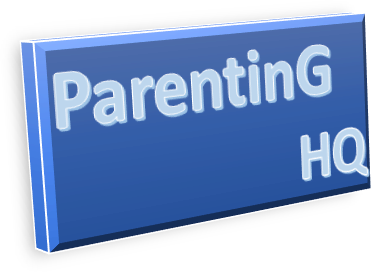This is second part of setting up household budget, if you have not read it yet, please check out: How to Set up Household Budget Part 1: By clicking here.
11: A family budget is a learning tool and process to empower individuals and families to better self-manage their financial resources, spending, cost cutting and household finances. In general
You will be able to set-up your own personal or family budget.
By tackling the skill and mastery of smart budgeting, you will have a greater understanding eventually of exactly where and by how much, you need to adjust expenses to either live within your means or know how much extra you need to maintain your current lifestyle.
12: Other family budgeting process steps will require you to be able to identify and categorize all your expenses and, coupled with an easy to set-up and follow filing system, create the backdrop and framework for all future budgeting and fiscal planning at home or elsewhere.
13: Family budgeting is not something that is taught by parents or schools; however it is such a simplistic concept, process and task that it is almost unthinkable that we are not placing greater focus on it these days.
In the end, it is all about what you DO, to make ends meet, which implies action. To be in charge of your finances; family budgeting gives you a sense of real understanding and control over your money, not the other way around. Money is a ‘tool’ and life necessity but it does not prescribe how you should live or spend it.
14: Family budgets allow you to gain knowledge you would otherwise not have had at your fingertips, concerning your own and family finances.
For example: Knowing where and what expenses you can affect or effectively change, to cut costs appropriately, timely and immediately in certain cases is very helpful.
15: To enable your family budgeting process set up an easy and orderly log, record-keeping and filing system; and make spending notes often to track your money and habits. Trust me, we do not know where all our money goes. We are just certain of one thing and that it slips through out fingers, hands and pockets, cards and plastic, fast!
16: Understanding, explaining and sharing the benefits of good budgeting with others is pivotal, to get them on-board and participating actively in the family budgeting process. Ask for their ideas and input. Two heads are better than one in most cases. They might think of savings opportunity, consolidations and or things to do without, that you did not even think about or considered for a second!
17: Here are some more family budgeting summary steps to remember:
- Identify and categorize all expenses – look at categories and line items, types and timing of expenses, amounts and budget accordingly. Remember categories like miscellaneous, discretionary, maintenance, emergency and others. These will also provide you with a little more flexibility when you do have to massage your money, budget and cash flow processes to meet need, demands and change.
- It is of utmost importance that we are able as family budgeters to allocate and adjust expense items, prioritize need with foresight, discretion, informed choice and empowered confidence, stemming from core and in-depth knowledge and accurate information.
- Practice utilizing a basic budgeting framework and recording method in your family budgeting and formulate your very own personal and or simple ‘Home Budget’ or rough first draft of your financial situation – a kind of YOU ARE HERE situational analysis. Chances are you will see and learn something you did not know before.
- Even if you feel you just have a basic understanding of budgeting and how it can improve your own management of your own and household finances will make a difference. Take the time out to explore and try putting your first one together, following the steps given earlier in this booklet.
Good Luck!

